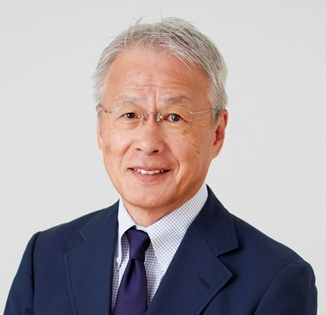
by Noriyuki Morimoto
Startups are hard to evaluate, because we can’t tell how they will perform. The concept of diversification enters the picture here. By diversifying the portfolio into small lots, investors can manage the probability of a startup’s success. But with Japanese VC firms, there are often cases with seemingly too many companies in their portfolio. It’s possible that their investments are overly diversified. There might be room to narrow down the number of stocks using advanced project evaluation methods.
There are two ways to manage risks: diversifying (because we can’t tell what will happen) and limiting the scope (to understandable targets). Venture investment as a science is to find the right balance between these two aspects.
Meanwhile, another type of expertise is needed to support building a project on top of a solid organizational base. Using the traditional terminology of venture capitals, this is to take a hands-on approach (i.e. management support or educational involvement). Hands-on is an easy concept but requires established objective methods that can be applied to specific issues on finance, human resources, labor management, legal affairs, sales strategies, and so on.
The investor’s level of hands-on involvement and the number of stocks held are closely associated. In the small-lot, high-diversification strategy seen in Japanese VC firms, the hands-on approach has to be compromised. Thorough support is possible only when the number of stocks is limited.
An effective hands-on approach has the potential to reduce risks and boost returns from the investment. The mainstream strategy for VC firms in the United States is actually to raise the value of the startup and aim for higher returns based on a strong hands-on involvement, which includes aggressive support with additional capital.
I am not saying that American-style VC firms are superior. It is just a matter of how to prioritize diversification and the hands-on approach as means of risk management. The Japanese style of risk management through diversification is one scientific method, and so is the American style of risk management through a hands-on approach.
It’s fine as long as objective and repeatable standards are established to enable both the evaluation of projects and hands-on involvement within the framework of each risk management approach. The problem is excessive diversification without anything hands-on.
The important factor is thoroughness. A thorough investment is likely to heighten the possibility of success. To do this, investors have to narrow down the number of businesses they are involved in. The project design has to be supported by social necessity. That is, investors have to take a strictly scientific approach towards start-up businesses.

Chief Executive Officer, HC Asset Management Co.,Ltd. Noriyuki Morimoto founded HC Asset Management in November 2002. As a pioneer investment consultant in Japan, he established the investment consulting business of Watson Wyatt K.K. (now Willis Towers Watson) in 1990.

